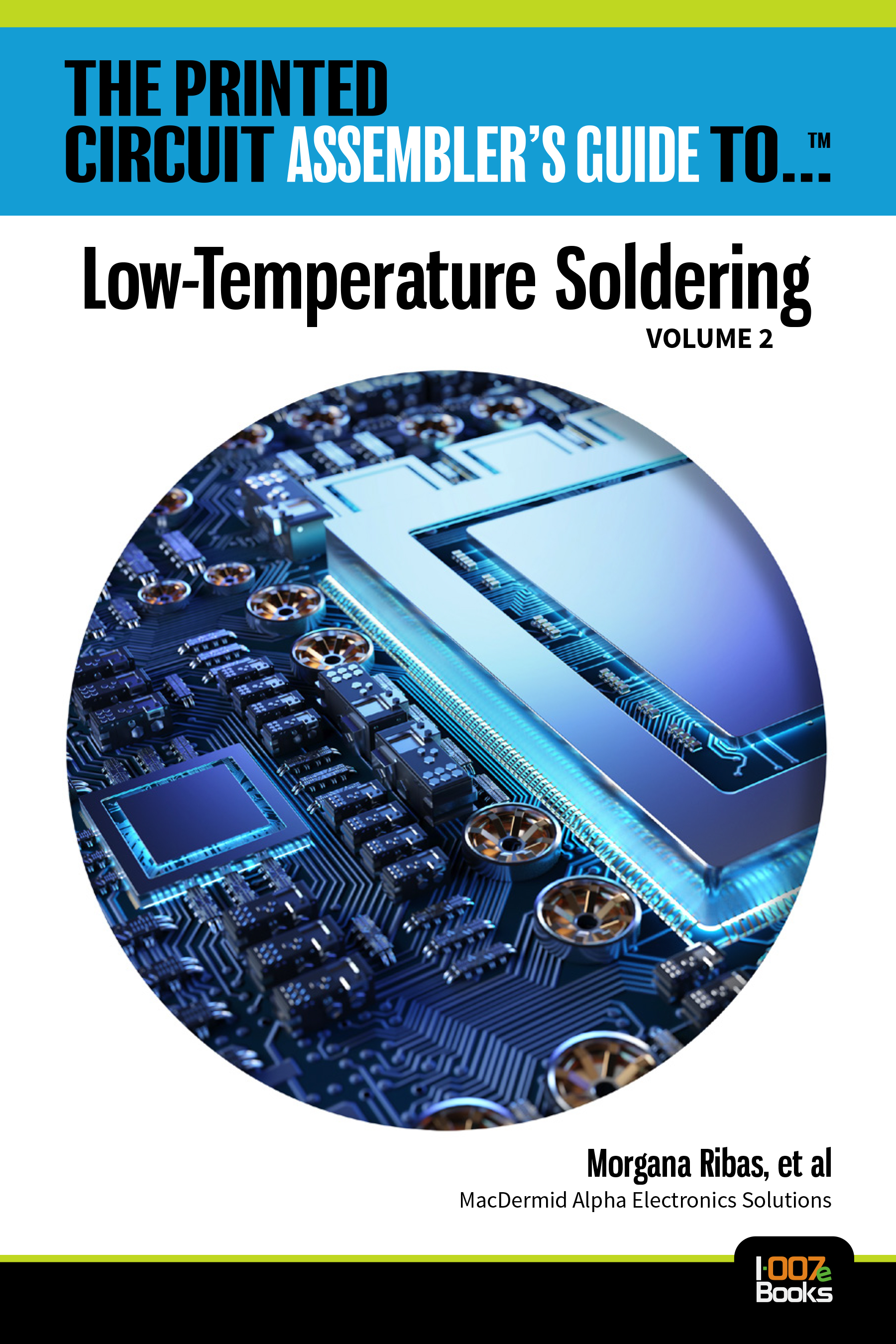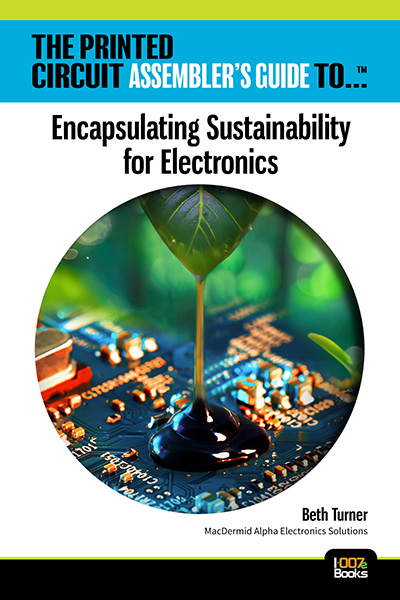-

- News
- Books
Featured Books
- pcb007 Magazine
Latest Issues
Current Issue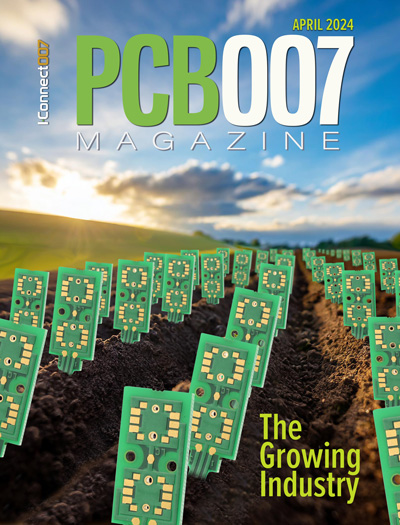
The Growing Industry
In this issue of PCB007 Magazine, we talk with leading economic experts, advocacy specialists in Washington, D.C., and PCB company leadership to get a well-rounded picture of what’s happening in the industry today. Don’t miss it.
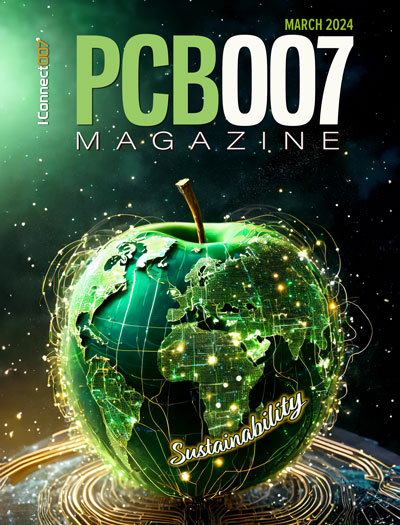
The Sustainability Issue
Sustainability is one of the most widely used terms in business today, especially for electronics and manufacturing but what does it mean to you? We explore the environmental, business, and economic impacts.
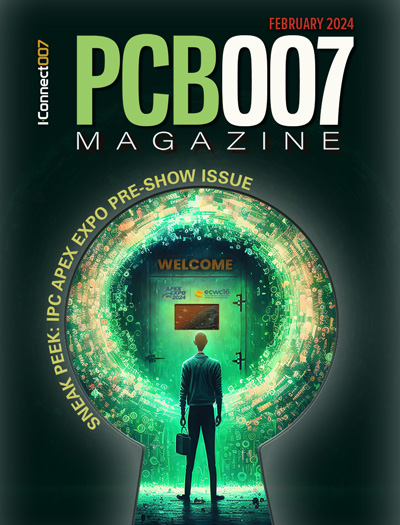
The Fabricator’s Guide to IPC APEX EXPO
This issue previews many of the important events taking place at this year's show and highlights some changes and opportunities. So, buckle up. We are counting down to IPC APEX EXPO 2024.
- Articles
- Columns
Search Console
- Links
- Events
||| MENU - pcb007 Magazine
Material Insight
Column from: Dr. Preeya Kuray
Preeya Kuray is a material scientist. She received her PhD in materials science engineering in 2020 from Penn State, where she authored several peer reviewed publications on polymer dynamics and served as vice president of the Materials Research Society student chapter. She currently works on developing low-loss buildup materials at AGC. She looks forward to sharing insights from PCB veterans while incorporating pieces of her perspective as a material scientist PhD and newcomer to the PCB field.
